Equally competent in Hindustani and Carnatic genres, violin maestro M S Gopalakrishnan is one among the very few violinists in India who mastered western bowing and fingering technique.
January 3 was the eighth death anniversary of the violin celebrity M S Gopalakrishnan. MSG, as he was fondly called, strode like a colossus for more than six decades in the musical landscape of the country. The protagonist of the Parur-MSG bani was equally competent in Carnatic and Hindustani genres of Indian music, a very rare phenomenon.
MSG was groomed by his father, the iconic violin maestro Parur Sundaram Iyer who hailed from Parur in the Ernakulam district. He had his initial lessons from Chakram Thampuran of the Kodungallur Palace. After establishing himself in the field of Carnatic music, on the advice of a connoisseur, he went to Mumbai to be trained in Hindustani music under Pundit Omkarnath Thakur. And he never had to look back. Myriad were the concerts in which he had accompanied stalwarts of Hindustani music. It won’t be an exaggeration to point out that violin became an inseparable component of Hindustani music only during his time.
Single-string training
MSG was initiated to music at the age of six. Under his father, it was a rigorous practice that began at 4 am every day. A difficult taskmaster, Sundaram Iyer insisted that his son play the sarali varisais, varnams and keerthanams over and over again. The varnams had to be practiced in three tempos and strictly played on a single string! Many years later having listened to this singular feat, Semmangudi Srinivasa Iyer and V K Narayana Menon commented that they had only heard about this technique being demonstrated by great vidwans of yesteryears.
MSG was well equipped for a solo performance at the age of 10, though he used to accompany his father before. His first concert with father was at the All Bengal Music Conference in Kolkata in 1939. Pundit Omkarnath Thakur who was present on the occasion was so enamored by the artistry of the eight year old boy that he asked him to accompany him the very next day at the conference!
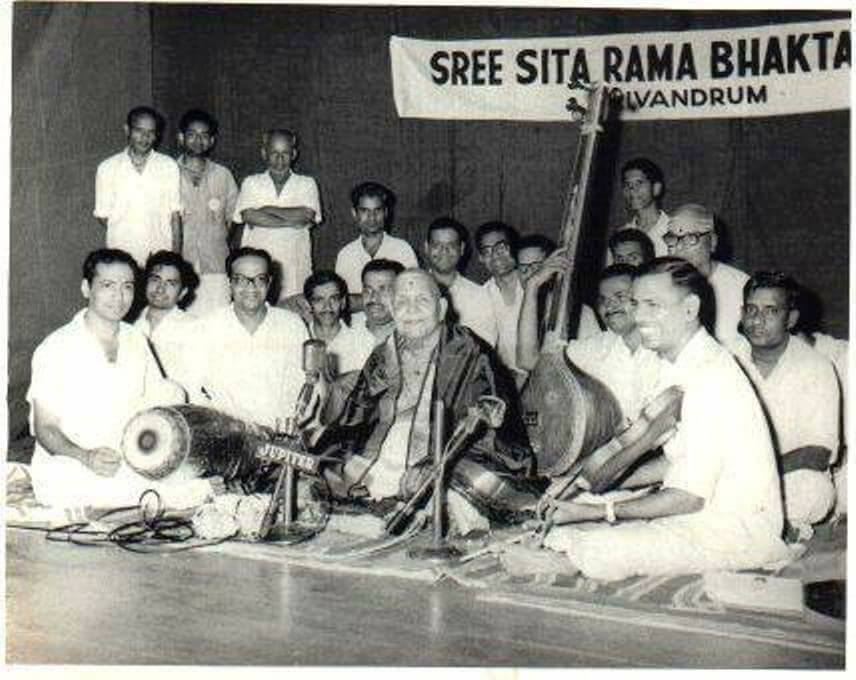
As he grew up MSG had to accompany almost all the badshahs of Carnatic music including Chembai Vaidyanatha Bhagavathar, Sandhyavandanam Srinivasa Rao, Palayur Venkatarama Iyer and Palladam Sanjivi Rao and others. He believed that he had gained considerably by accompanying great vidwans. In an interview he had explained, “I was spurred by the extraordinary performing techniques of Ariyakudi, GN Balasubramaniam, Alathur Brothers and Madurai Mani Iyer. Each one was a specialist – Ariyakudi, in maintaining tempo and proportion, GNB, in soaring manodharma, Alathur, in pallavis and Mani Iyer, in swara prasthara. Every minute of their performance was a test of the alertness of the violinist”.
Western techniques
MSG is one among the very few violinists in India who had realised that the foreign instrument could be fully adapted only if the proper sound production technique is understood. He had a large collection of records of giants like Fritz Kreisler and Yehudi Menuhin which he used to listen to regularly. He could identify that their bow moved horizontally while the slanting position of the violin here created a tendency for the bow to slide downward. He found out that this aspect was very significant and one has to keep the bow moving at the same place below the bridge uniformly. Further, the full hair on the bow should come in contact with the strings. There should not be any scratching sound and the thickness (vallinam) and thinness (mellinam) in sound should be produced with the use of full bow and fingering. He had averred once that his father had taught him different methods of bowing – thanavil, staccato bowing, playing on one string to the top of the finger board etc.
His ever inquisitive mind took him to Musee Musical, the reputed music school in Madras to undergo an eight-month course on Western bowing and fingering technique. He could comprehend that the way of holding the bow, the pressure to be exerted on the strings, production of thick and thin sound – all these are vital for the tonal excellence of the violin. Anyone who has listened to him at least once would naturally be surprised by the esoteric style of playing which he had developed quite assiduously. Incredible it would seem, Yehudi Menuhin once wondered: “I have not heard such a violin in all my travels! How superbly this young Indian is playing our instrument.”
His father had driven home to him that a violinist must be a vocalist first. Then only he could understand the bhava of a kirtana which would enable him to play the sahithya without any pada cheda (splitting of words). “Every sangati is a dedication to God”, his father had taught him. Each kirtana had to be made perfect by endless practice at home before presenting it in a concert, he was advised. Punctuality was his USP. If you insist on a 90 minute concert, mangalam would be over at the 85th minute.
Upholding parur bani
After his father’s death, he honed his skill in Hindustani under Krishnanand, Abdul Kareem Khan and Bhimsen Joshi. The busy instrumentalist was invited to accompany D V Paluskar, Bade Gulam Ali Khan and participated in jugalbandi with Hariprasad Chaurasya (flute), Amjad Ali Khan (sarod) and V G Jog (violin). In 1953, a rasika after listening to his accompaniment to Pundit Omkar Nath Thakur in Bombay gave Rs 1000 to the musician to be presented to MSG out of his appreciation.
MSG moulded his daughter M Narmadha on the same line as he was brought up by his father. She used to say, “If my father had only one guru, I had two – father and grandfather”. And judging from her performance so far, her mission seems to be perpetuating the bani. She holds, “If Parur ji Sir focused on the development of my personality, MSG Sir moulded me as a performer”. It was on MSG’s insistence that she pursued academic studies in music that finally fetched Ph.D. from Delhi University.
The list of accolades that he had garnered during his lifetime is almost endless – Kalaimamani, Sangeetha Kalanidhi, award and fellowship from Sangeeth Natak Akadami and Kerala Sangeetha Nataka Akademi, to mention only a few. The Government of India honoured him with the titles Padma Shri and Padmabhushan.

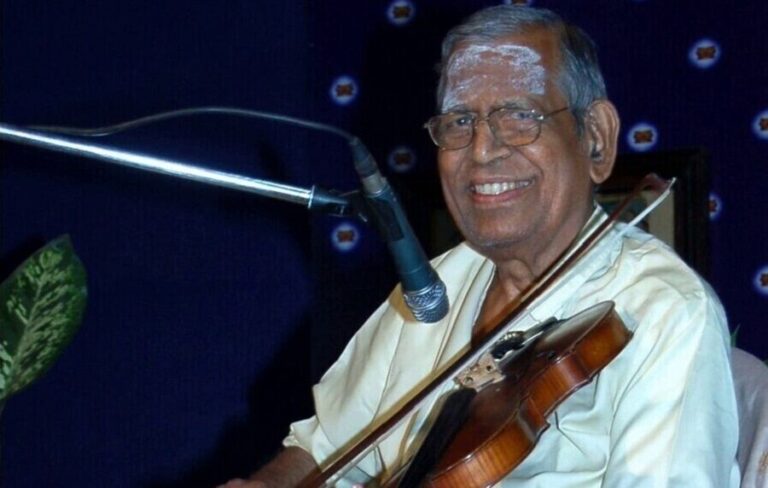
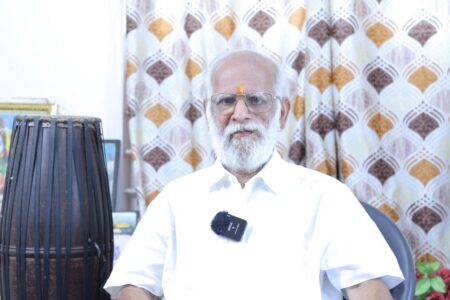
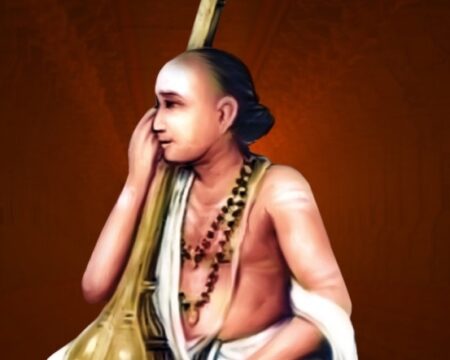
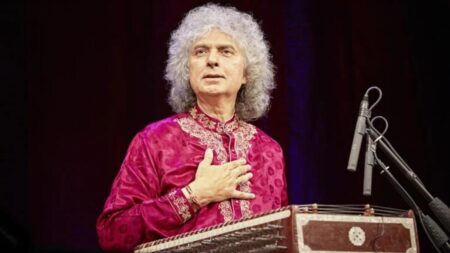
1 Comment
Well written